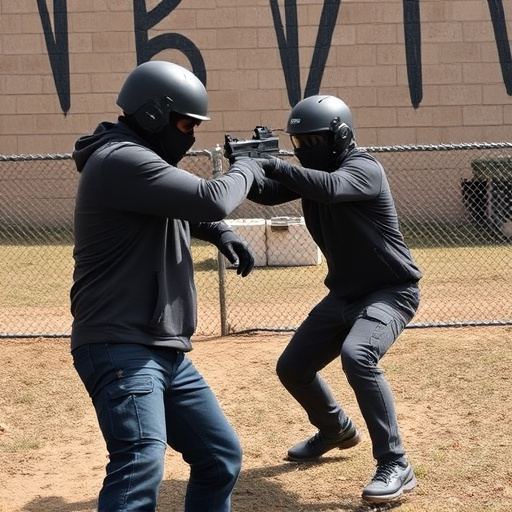Silent stun guns, discreet self-defense tools that stun assailants with high-voltage electric charges, offer a non-lethal solution in close-quarters encounters. Despite their compact size and ease of concealment, factors like targeting imprecision, stress usage difficulty, limited range, and variable physical consequences challenge their effectiveness. Legal availability varies widely across jurisdictions, with strict regulations on power output, size, and public use, emphasizing the need for responsible ownership and adherence to local laws.
In the realm of personal safety, stun weapons offer a powerful solution for self-defense. This article explores two primary types: projectile and contact stun devices, delving into their unique advantages and disadvantages. From the range and impact of projectiles to the direct application of contact stun tools, we analyze effective use cases. Additionally, we uncover the benefits of silent stun guns for discreet self-defense, while also navigating legal considerations, permits, restrictions, and safety precautions in this dynamic landscape.
- Understanding Projectile Stun Weapons: How They Work and Their Disadvantages
- Contact Stun Devices: Advantages and Effective Use Cases
- Silent Stun Guns: The Discreet Self-Defense Option and Its Benefits
- Legal Considerations: Permits, Restrictions, and Safety Precautions
Understanding Projectile Stun Weapons: How They Work and Their Disadvantages
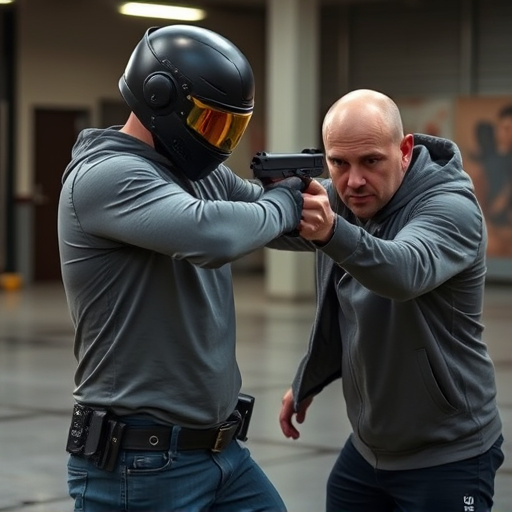
Projectile stun weapons, often referred to as silent stun guns, are designed to incapacitate targets with a powerful yet non-lethal force. These devices fire projectiles impregnated with high-voltage electrical charges or other energy sources that temporarily disrupt the target’s nervous system. When deployed correctly, they can render an attacker unconscious without causing permanent harm, making them popular choices for discreet self-defense in situations where noise could alert potential dangers.
Despite their advantages, there are significant disadvantages to consider. Projectile stun weapons may not always hit the intended target, especially in chaotic or fast-paced scenarios. Their effectiveness also relies on proper usage, aiming, and proximity—factors that can be challenging to manage under stress. Moreover, some models may have limited range and power, rendering them less effective against larger or more aggressive individuals. Additionally, the impact of the projectile can sometimes cause temporary pain or physical injury, depending on the design and force delivered.
Contact Stun Devices: Advantages and Effective Use Cases
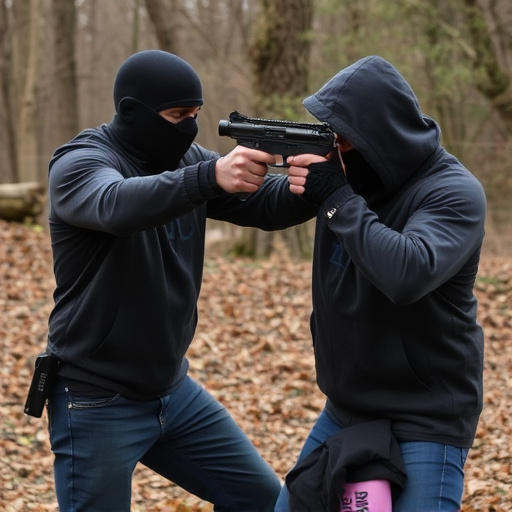
Contact stun devices offer a unique advantage in situations where noise could compromise an individual’s safety or alert potential threats. These silent stun guns are specifically designed for discreet self-defense, allowing users to incapacitate assailants without drawing unnecessary attention. Their effectiveness lies in delivering a powerful electric shock through direct contact, causing muscle paralysis and disorientation in the target. This makes them ideal for close-quarters encounters where speed and quietness are paramount.
Use cases for these devices range from personal safety for individuals who prefer non-lethal force options to law enforcement scenarios where rapid neutralization is required without causing permanent harm. The compact size of modern stun guns also facilitates easy concealment, providing users with a sense of security and empowerment in potentially dangerous situations.
Silent Stun Guns: The Discreet Self-Defense Option and Its Benefits
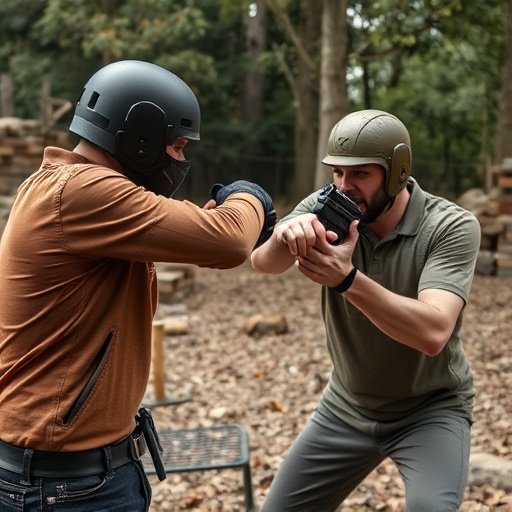
Silent stun guns have emerged as a popular and discreet self-defense option for individuals seeking to protect themselves in various situations, from personal safety concerns to professional security needs. These innovative devices offer a non-lethal way to incapacitate an attacker temporarily, providing users with time to escape or seek help. Their primary advantage lies in the element of surprise; unlike traditional weapons that make noise, silent stun guns deploy energy without audible alerts, allowing for swift and quiet intervention.
This discretion is particularly beneficial in situations where a loud noise could attract unwanted attention or alert an assailant. Silent stun guns are designed to deliver a powerful electric shock, rendering the target momentarily unconscious or disoriented. This enables users to disable potential threats without drawing excessive attention, making them ideal for personal use, travel, and professional security protocols that prioritize non-lethal force options.
Legal Considerations: Permits, Restrictions, and Safety Precautions
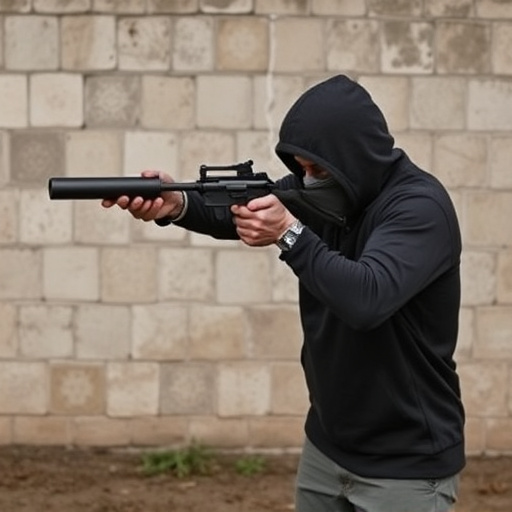
The legal landscape surrounding stun weapons, particularly silent stun guns for discreet self-defense, varies significantly across jurisdictions. Before considering their acquisition and use, individuals must navigate a web of permits, restrictions, and safety precautions. Many regions have strict regulations on stun devices, often categorizing them as firearms or less-lethal weapons, necessitating licenses, registration, or permits to own and carry them publicly.
Safety is paramount; users must adhere to local laws mandating the use of such devices only in self-defense situations and prohibiting their deployment against law enforcement or other authorized personnel. Failure to comply can result in severe legal repercussions. Additionally, certain areas have restrictions on the power output, size, and visibility of stun guns, emphasizing the need for responsible ownership and discrete usage, especially in places where silent stun guns are favored for personal safety without drawing undue attention.
In conclusion, both projectile and contact stun weapons offer unique solutions for personal safety, with projectile weapons providing distance and silent stun guns enabling discreet self-defense. Understanding the advantages and disadvantages of each type, along with their legal considerations, is essential when choosing a self-protection tool. For those seeking a covert option, silent stun guns represent a game-changer in personal safety devices, ensuring users can defend themselves effectively while maintaining privacy.
